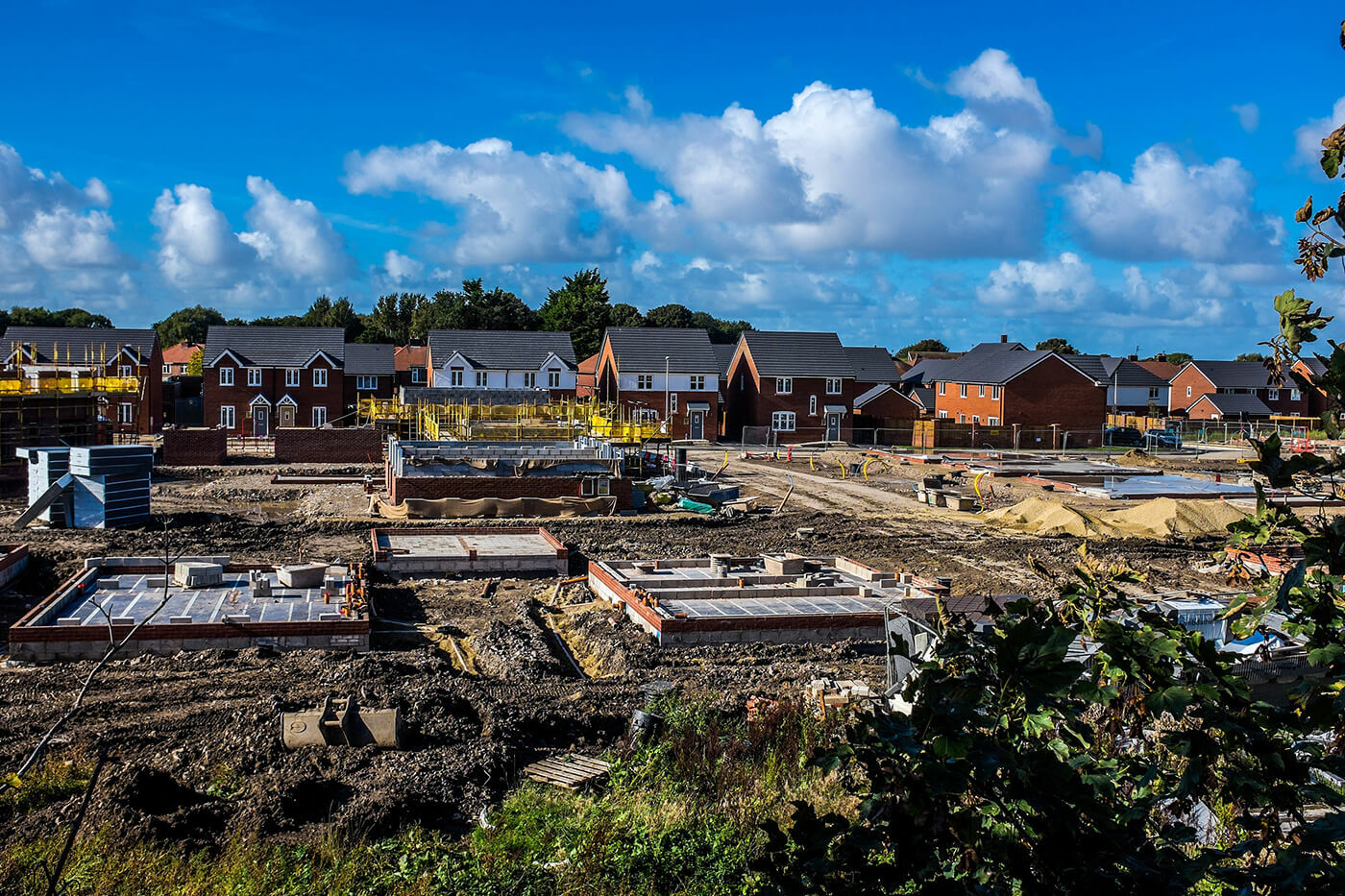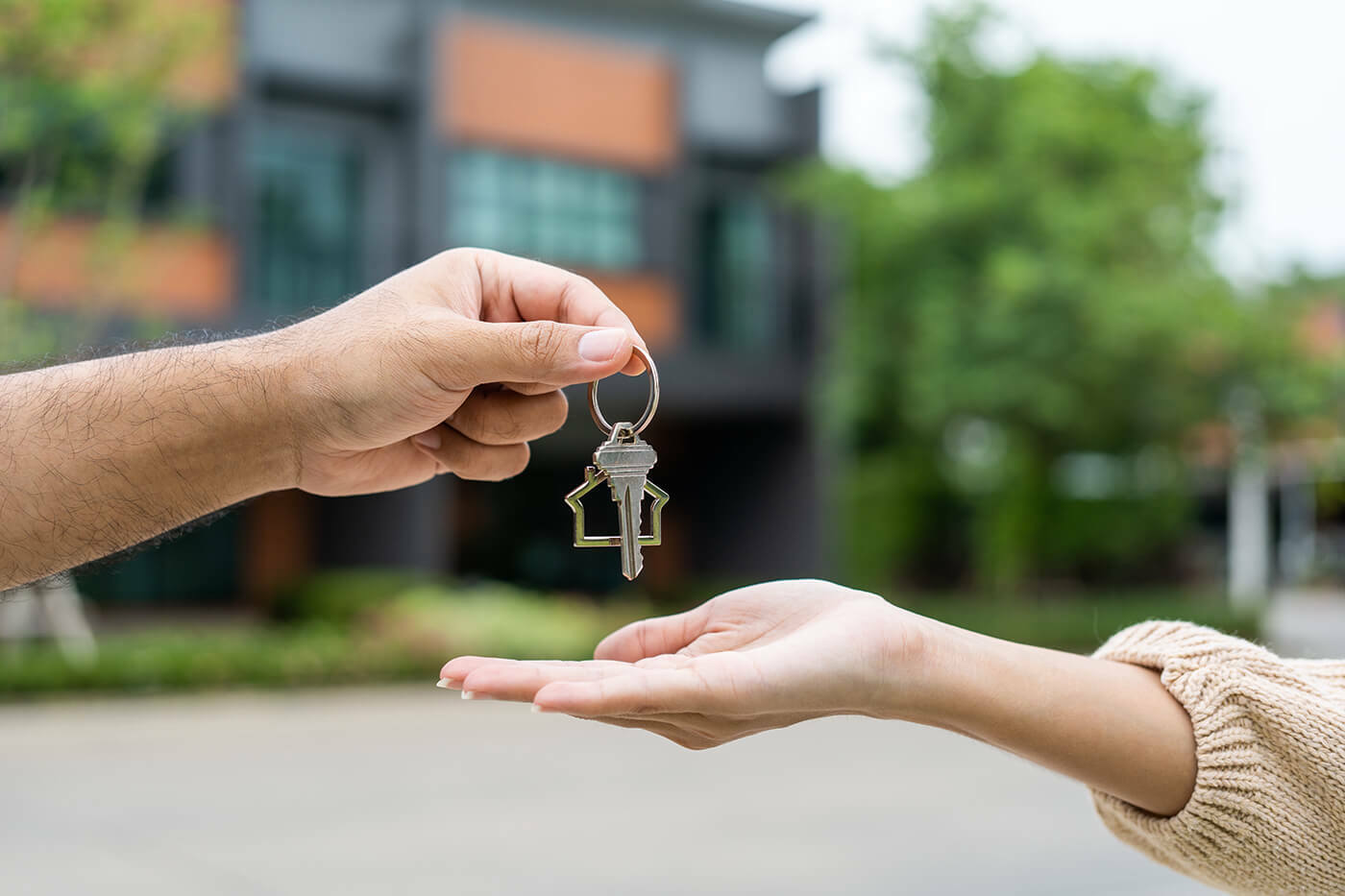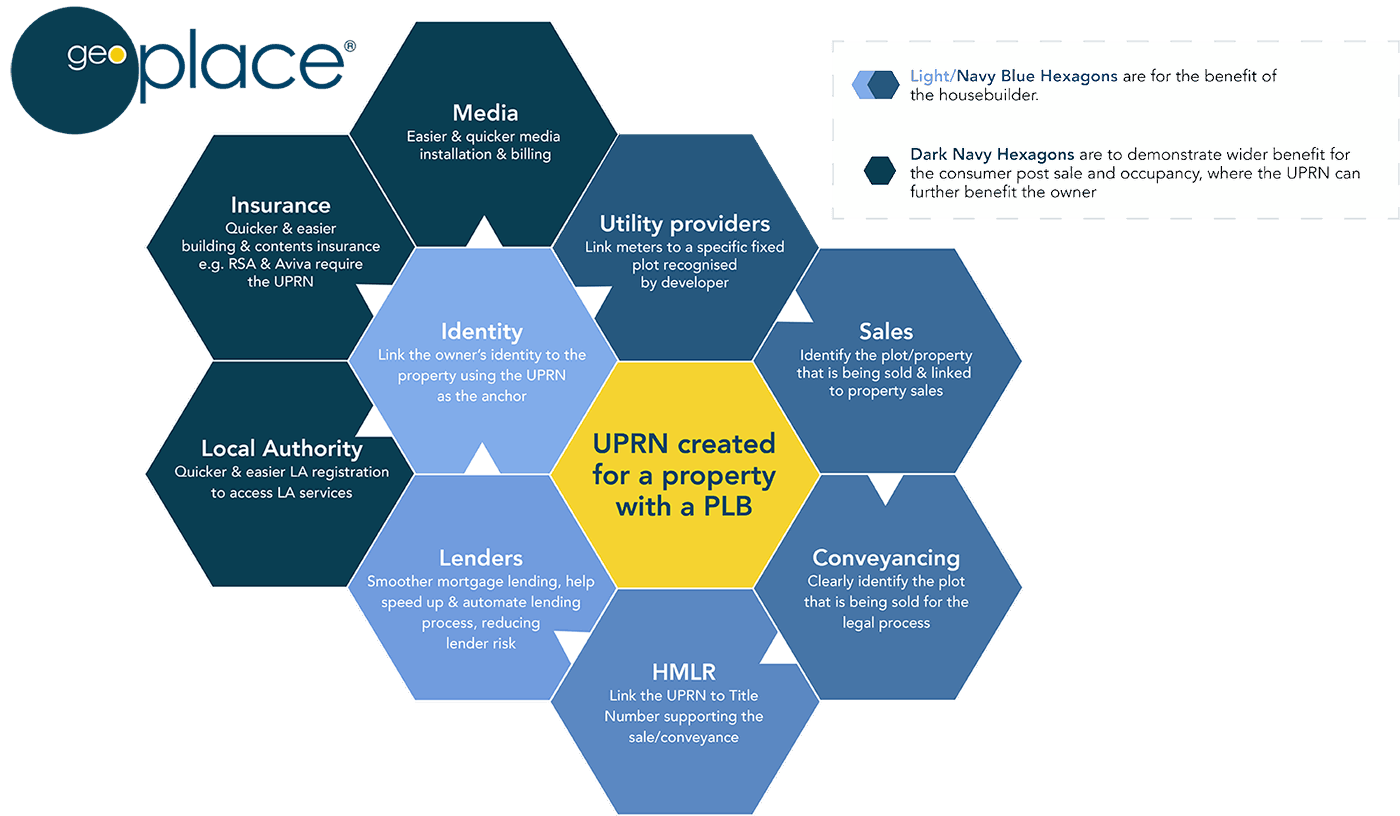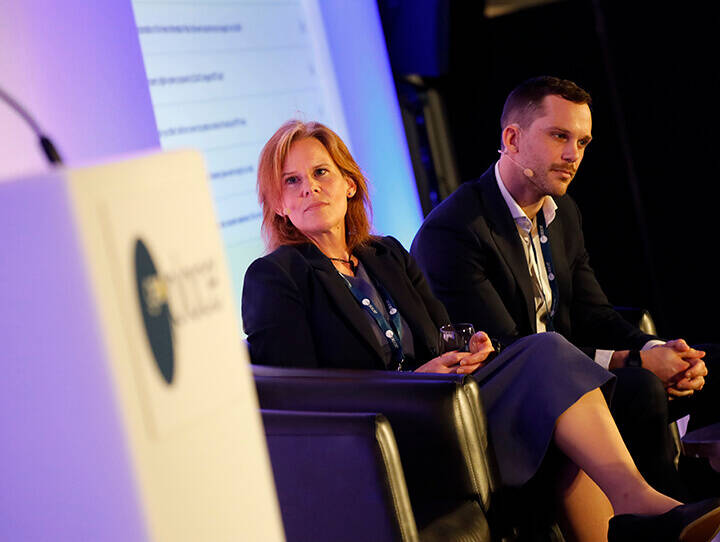Local and central governments face significant challenges in addressing housing needs, whether through new builds, renovations, retrofitting, or housing allocation. While managing budgets and shaping policy are essential, finding smarter ways to maintain and improve buildings and homes is equally crucial. Additionally, the net zero revolution has increased the monitoring burden for local authorities around the energy efficiency of homes in their area, and the Government’s Help to Buy schemes, which need local distribution and management, have similarly brought new monitoring challenges.

The challenge
Granular data is vital for tackling these challenges; for establishing a new roadmap for houses and homes; and for improving the housing sector as a whole. Everything - from the earliest land parcel proposals to the concluding moments in a residential conveyancing transaction, and even the demolition of a building - can be made more efficient if information around that infrastructure is to hand, right from the outset. Analysis becomes easier. Savings, achievable.
Unique Property Reference Numbers (UPRNs) are key to unlocking insights to facilitate the data challenges faced by organisations seeking to promote homes for citizens. The UPRN is a mandatory field, for example, in the property logbook for initiatives such as Home England’s ‘First Homes’ scheme, which enables qualified local people to buy units in new-build developments overseen by local authorities -- at a significant discount.
The UPRN is more than a postcode. It's a unique identifier assigned to every addressable location in the UK, the Isle of Man and the Channel Islands. UPRNs enable every property or object to be identified consistently throughout its life cycle, from planning to demolition. They're allocated at the earliest possible stage, and through working with local authority address Custodians, GeoPlace also ensures they're linked with the address reference numbers used by the Valuation Office Agency for taxation purposes. UPRNs are now fundamental to the welfare of our economy, as well as the health of our infrastructure.
Along with the Unique Street Reference Number (USRN), UPRNs were made available under an Open Government Licence in 2020. They're the ideal means to connect disparate datasets that relate to a property rapidly with confidence in any sector, and in housing, they are invaluable.
It's the UPRN that can confirm the relationship between an apartment block, the flats it contains, the utilities provided to those residences, the responsibilities for landlords and tenants, and indeed, the connection to the property's logbook. Governance, risk, privacy, and efficiency are the horizontals cutting through verticals in every sector - for housing, the UPRN is a means to ensure every one of those disciplines is more efficient, more effective, and (crucially) more economical.
The solution
Homes England developed its ‘First Homes’ scheme with a simple aim: to help people get on the housing ladder. Developers working under the First Homes framework typically designate 20% of their units to be sold at an average of 50% discount to market rates. To make this work though, local authorities must keep lists of eligible local residents, not just for the first sale, but also for future sales when the owners sell their properties back into the First Homes framework.
This is a data-rich scenario. To be sure it will work, local authorities must monitor the status of all those properties and be confident they know when or if an occupancy or tenure changes. This is where Digital Property Logbooks come into their own - underpinned by the UPRN.
Digital Property Logbooks have already been adopted widely in Europe. In France and Belgium for example, they're now mandatory for all new homes, and are also issued to homes that undergo significant refurbishment or energy efficiency upgrades. Here in the UK, a group of proptech companies have pioneered Logbooks for both the privately owned and social housing sectors - these UPRN-strengthened datasets can help to deliver a range of national and local policy objectives that will eventually include planning, energy monitoring, NetZero improvements and even homeowner communications.
A key requirement in the roll-out of Logbooks has been the prevention of property fraud: making sure that only the verified owner of a property is able to create and access a Logbook. To support this, the RLBA has built a National Register of Logbooks which maintains a list of Logbooks issued by trusted partners such as conveyancers, estate agents and local authorities.

The benefits
Bristol City Council was the first local authority to start using Property Logbooks. From the outset, the RLBA has driven the inclusion of UPRNs in Logbooks and included it as a mandatory field in the RLBA recommended Logbook Data Schema. In fact, the UPRN is central to the registration of every First Homes Logbook and crucial to the lifetime monitoring of the status and activity around the property. As RLBA Project Lead, Simon Lumb said “a key function of Logbooks is to aggregate data from a wide selection of public and private sources. The UPRN is the only data point that can enable us to do that." Initially used to ‘back-fill’ Logbooks on schemes that have already been built, Bristol Council has now made them an essential part of its future First Homes' backed developments.
However, as the Register also helps establish the tenure status of each property, it can help with local authorities’ data monitoring needs around the scheme. Indeed, the UPRN is the key search term the Register relies on. Local authorities taking part in First Homes can now ask developers to provide an RLBA-registered First Homes Logbook for each of the units sold.
This helps to maintain the integrity of the scheme and helps avoid a property being sold, inadvertently or otherwise, outside of the scheme’s rules. Activity on the property which may suggest it is being rented or sold can be monitored by the Logbook’s systems and alerts triggered. The UPRN is crucial in the monitoring process, which combined with a unique Logbook reference, provides secure data feedback specific to the individual property.
Under the initiative, each Logbook is created once planning consent has been granted. The infrastructure is then registered as ‘unbuilt units’ - but a UPRN is issued to the developer and lodged in the Logbook at this point in time. Through extensive workshop discussion, it was clear that local authorities needed to have the First Homes Logbook registered and searchable at the earliest possible stage. This gave the local teams visibility of developments in the pipeline and allowed them to manage development progress and local consumer demand. Ordinarily, the registration is achieved through a minimum dataset available at the time which could include site/unit address and postcode, planning application number and developer details. The UPRN is appended to each registered Logbook as soon as it is available
Local authorities can then monitor those units as they progress through the stages of the scheme (construction, marketing, conveyancing, occupation and ultimately resale), but the UPRN also makes it possible for those local authorities to start deriving organisation-wide efficiencies. From the outset, the UPRN provides that certain link to all kinds of other datasets.
The Logbooks themselves contain digital versions of all the key handover information that a developer would normally give to a first time buyer and, with homeowner permission, can exchange data directly with council systems as they become available. For developers there is almost no incremental cost as they have to compile handover packs (containing user manuals, guarantees, warranties etc) currently in analogue form. The Logbooks replace these handover packs and many developers are already swapping to using Logbooks for their developments.
The initiative has created a platform by which local authorities are able to investigate how developers could be compelled to deliver including materials records and circularity statements. In time it is envisaged that Logbooks could provide regular updates to local authorities on issues of growing concern like carbon footprints and energy use of homes.
Outside the scheme, the Logbook Register is already being integrated into software used by estate agents and conveyancers. This enables data to be exchanged based on schemas and APIs developed by the conveyancing industry itself, on which the First Homes Logbooks can then piggyback on - again, all made possible by the integration of the UPRN.
In short, the UPRN provides the key identifier that's needed at the heart of every data exchange as information is shared, cutting across different industry sectors. As an example, the use of Logbooks by the First Homes scheme, and other Help to Buy initiatives, should enable interaction between conveyancing, lettings, rental and mortgage stakeholders in ways that local authorities have never previously imagined - and this is just one of the ways in which UPRNs are supporting the need to build better.




